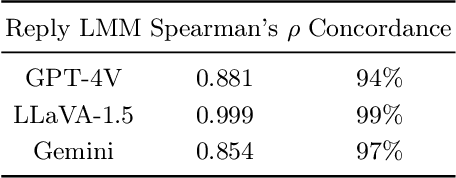Yuankai Li
BRIEF: Bridging Retrieval and Inference for Multi-hop Reasoning via Compression
Oct 20, 2024



Abstract:Retrieval-augmented generation (RAG) can supplement large language models (LLMs) by integrating external knowledge. However, as the number of retrieved documents increases, the input length to LLMs grows linearly, causing a dramatic increase in latency and a degradation in long-context understanding. This is particularly serious for multi-hop questions that require a chain of reasoning across documents. To accelerate inference, reduce costs, and minimize distractions, this paper presents BRIEF (Bridging Retrieval and Inference through Evidence Fusion), a lightweight approach that performs query-aware multi-hop reasoning by compressing retrieved documents into highly dense textual summaries to integrate into in-context learning. To enable learning compression for multi-hop reasoning, we curate synthetic data by extracting atomic proposition expressions that encapsulate distinct factoids from the source documents to compose synthetic summaries. Based on our synthetic data built entirely by open-source models, BRIEF generates more concise summaries and enables a range of LLMs to achieve exceptional open-domain question answering (QA) performance. For example, on HotpotQA, BRIEF improves the compression rate by 2 times compared to the state-of-the-art baseline, while outperforming it by 3.00% EM and 4.16% F1 with Flan-UL2 as the reader LM. It also generates more concise summaries than proprietary GPT-3.5, while demonstrating nearly identical QA performance.
Dissecting Dissonance: Benchmarking Large Multimodal Models Against Self-Contradictory Instructions
Aug 05, 2024



Abstract:Large multimodal models (LMMs) excel in adhering to human instructions. However, self-contradictory instructions may arise due to the increasing trend of multimodal interaction and context length, which is challenging for language beginners and vulnerable populations. We introduce the Self-Contradictory Instructions benchmark to evaluate the capability of LMMs in recognizing conflicting commands. It comprises 20,000 conflicts, evenly distributed between language and vision paradigms. It is constructed by a novel automatic dataset creation framework, which expedites the process and enables us to encompass a wide range of instruction forms. Our comprehensive evaluation reveals current LMMs consistently struggle to identify multimodal instruction discordance due to a lack of self-awareness. Hence, we propose the Cognitive Awakening Prompting to inject cognition from external, largely enhancing dissonance detection. The dataset and code are here: https://selfcontradiction.github.io/.
 Add to Chrome
Add to Chrome Add to Firefox
Add to Firefox Add to Edge
Add to Edge